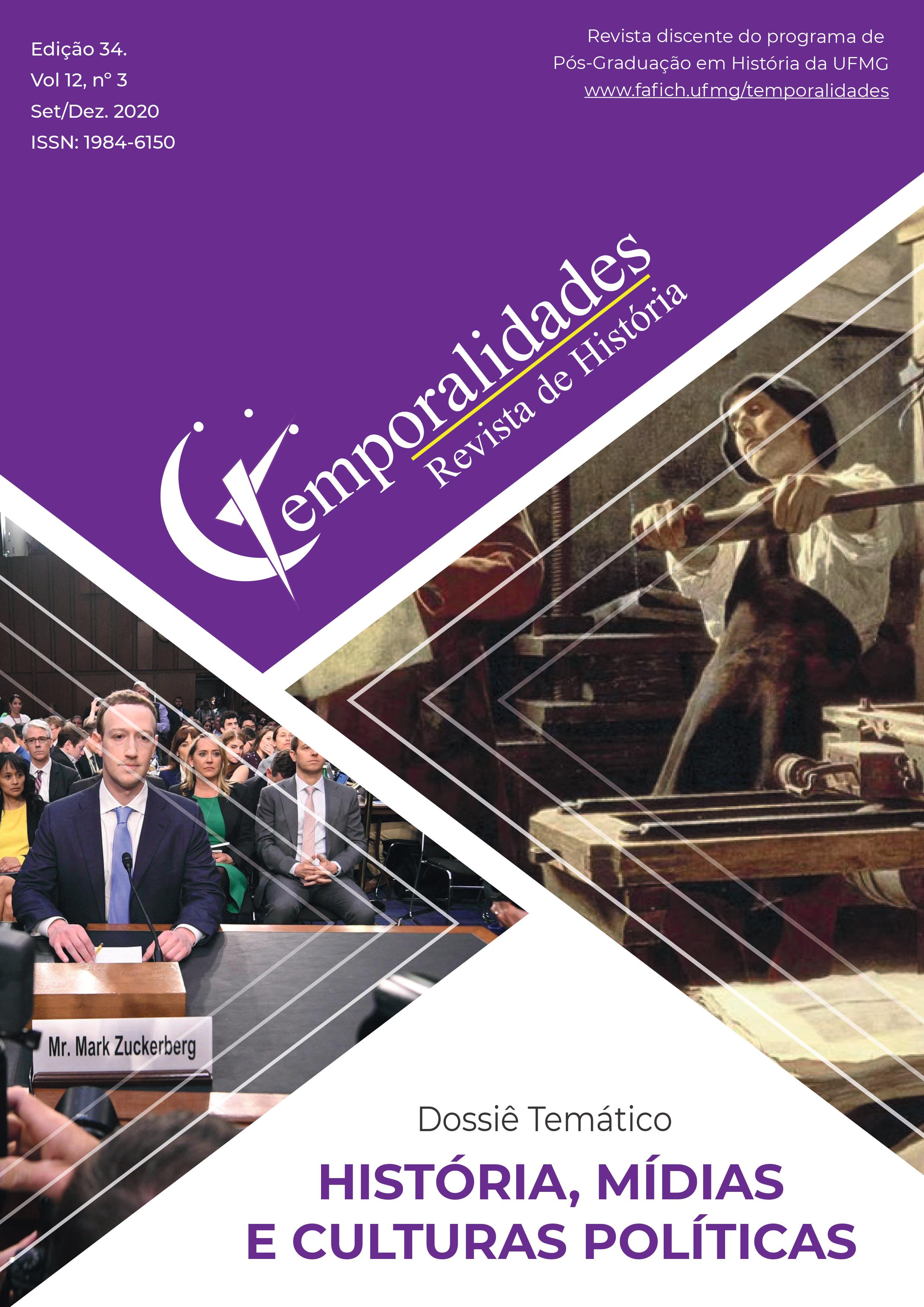Spanish Flu Dramaturgy in Campos dos Goytacazes (1918-1919)
Abstract
This text analyzes fragments of the Spanish Flu in Campos dos Goytacazes-RJ, which increased in Norte Fluminense between the second half of 1918 and the first half of 1919. The main interests are on the following topics: how was the economic, social and health situation in the city of Campos found in the First Republic? How did the pandemic change the routine in the locality? How did the state, scientists and ordinary people mobilize themselves through the “pandemic crisis”? And how did people react to the end of the pandemic? Thus, based on the archetype of analysis suggested by Charles Ernest Rosenberg in 1992, this epidemic manifestation is understood through four dramaturgical acts, namely: Progressive revelation; Managing randomness; Negotiating public response and Retrospection. For this purpose, printed media, death records and minutes from Campos, as well as medical memories and theses produced in the region council are used as primary sources. The strength of this study operates in the New Social History of Epidemics.
Downloads
Downloads
Published
Issue
Section
License
Copyright (c) 2021 Cassiane Souza dos Santos

This work is licensed under a Creative Commons Attribution 4.0 International License.
O(A) autor(a), para fins de submissão à revista Temporalidades, deve declarar que o trabalho aqui submetido é de autoria do mesmo e nunca foi publicado em qualquer meio, seja ele impresso ou digital.
O(A) autor(a) também declara estar ciente das seguintes questões:
Os direitos autorais para artigos publicados na Temporalidades são do autor, com direitos de primeira publicação para o periódico;
Em virtude de aparecerem nesta revista de acesso público, os artigos são de uso gratuito;
A revista permitirá o uso dos trabalhos publicados para fins não-comerciais, incluindo direito de enviar o trabalho para bases de dados de acesso público.
A Temporalidades adota a licença internacional Creative Commons 4.0 (CC BY).







